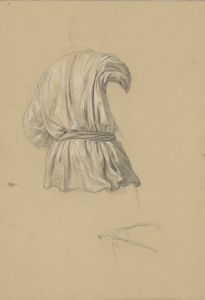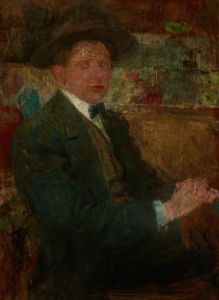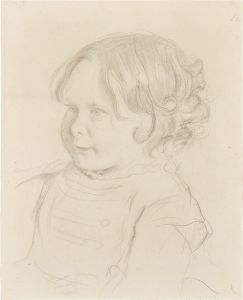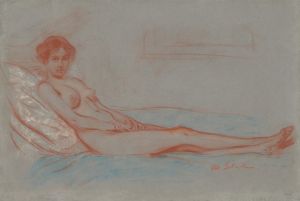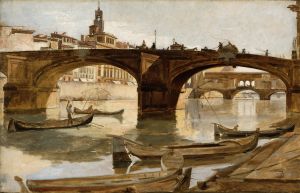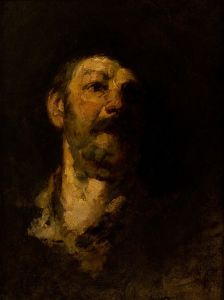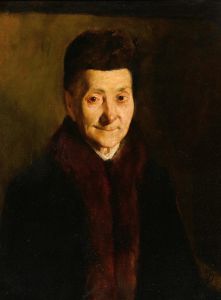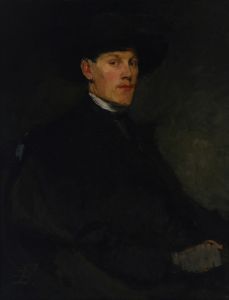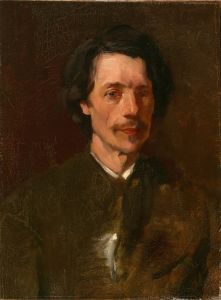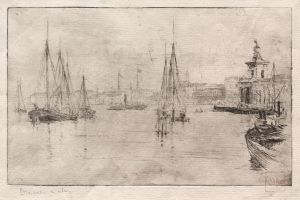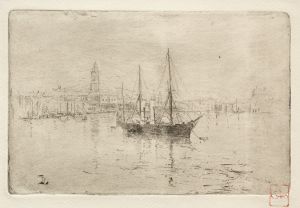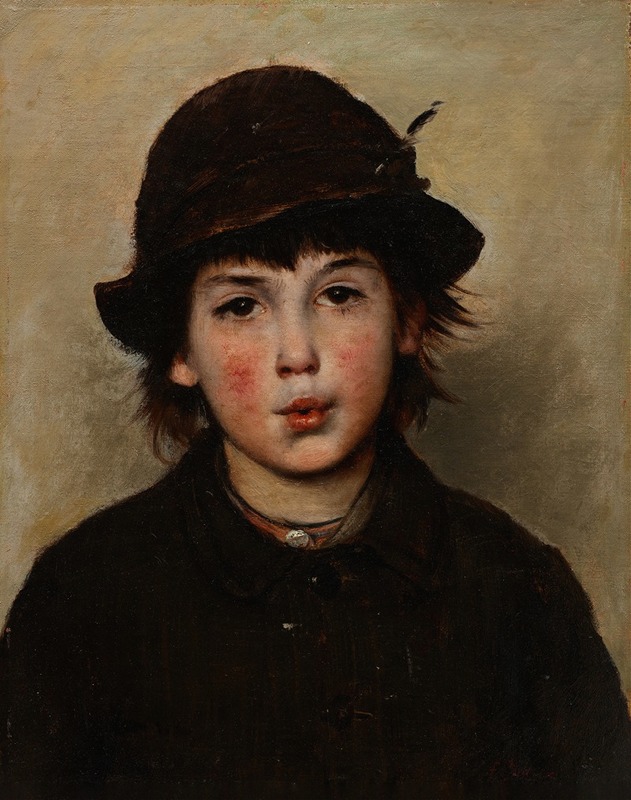
Whistling Boy
A hand-painted replica of Frank Duveneck’s masterpiece Whistling Boy, meticulously crafted by professional artists to capture the true essence of the original. Each piece is created with museum-quality canvas and rare mineral pigments, carefully painted by experienced artists with delicate brushstrokes and rich, layered colors to perfectly recreate the texture of the original artwork. Unlike machine-printed reproductions, this hand-painted version brings the painting to life, infused with the artist’s emotions and skill in every stroke. Whether for personal collection or home decoration, it instantly elevates the artistic atmosphere of any space.
"Whistling Boy" is a notable painting by the American artist Frank Duveneck, created in 1872. Duveneck, born in 1848 in Covington, Kentucky, was a prominent figure in the American art scene during the late 19th century. He was known for his realistic style and his ability to capture the essence of his subjects with bold brushwork and a keen eye for detail.
The painting "Whistling Boy" is an oil on canvas work that exemplifies Duveneck's skill in portraiture. It depicts a young boy with a lively expression, caught in the act of whistling. The boy's face is illuminated by a soft light, highlighting his youthful features and the texture of his skin. His attire is simple, suggesting a humble background, which was a common theme in Duveneck's work, as he often portrayed ordinary people with dignity and respect.
Duveneck's approach in "Whistling Boy" reflects the influence of the Munich School, where he studied under the guidance of Wilhelm von Diez. The Munich School was known for its emphasis on realism and the use of dark, rich palettes, which is evident in this painting. The background of "Whistling Boy" is subdued, allowing the viewer to focus entirely on the subject's animated expression and the play of light and shadow across his face.
The painting is celebrated for its dynamic composition and the way it captures a fleeting moment of everyday life. Duveneck's use of loose, expressive brushstrokes adds a sense of movement and vitality to the piece, making the boy appear almost lifelike. This technique was somewhat innovative for the time and contributed to Duveneck's reputation as a leading figure in American realism.
"Whistling Boy" is housed in the Cincinnati Art Museum, which holds a significant collection of Duveneck's works. The museum's acquisition of this painting underscores Duveneck's importance in American art history and his connection to the Cincinnati area, where he spent much of his career teaching and influencing a new generation of artists.
Frank Duveneck's impact on American art extends beyond his paintings. He was a respected teacher and mentor, notably at the Cincinnati Art Academy, where he taught for many years. His students included several artists who would go on to have successful careers of their own, further cementing his legacy in the art world.
In summary, "Whistling Boy" is a testament to Frank Duveneck's mastery of portraiture and his ability to convey the character and spirit of his subjects. The painting remains a cherished piece within the Cincinnati Art Museum's collection and continues to be appreciated by art enthusiasts for its technical brilliance and emotional depth.





